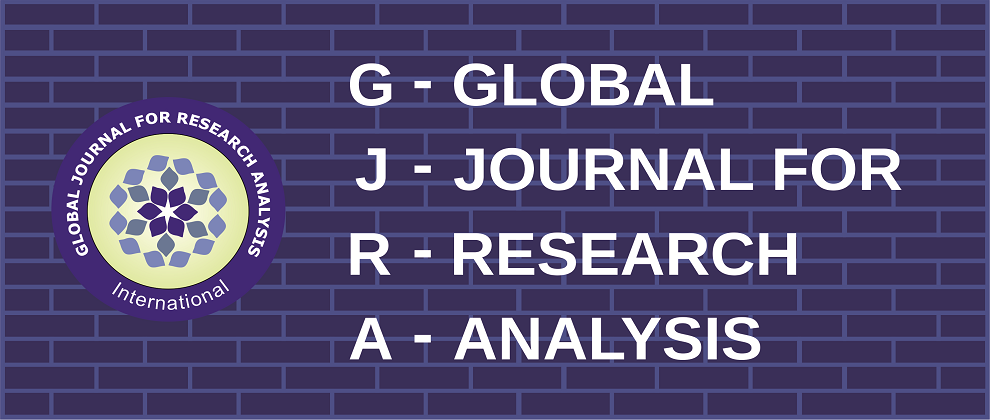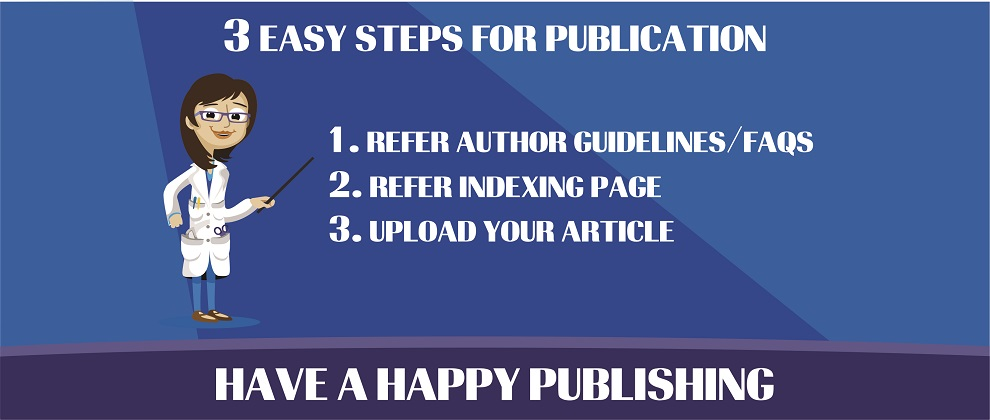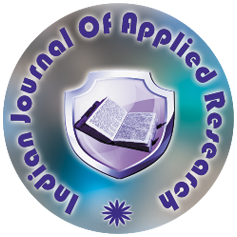Volume : 8, Issue : 12, December - 2019
PLACENTA ACCRETA - A MANAGEMENT ENIGMA
Dr. Bhakti Bawankule, Dr. Sushree Patra, Dr. Sushil Kumar
Abstract :
Aims and objectives: 1. To analyse maternal and foetal outcomes 2. To analyse types of interventions. Materials and methods: It is a retrospective study conducted over a period of 3years (Jan2017-August 2019), in Department of Obstetrics & Gynaecology at our hospital. Out of 9000deliveries conducted in 3years, 12patients were found to have accreta during caesarean section. Cases were analysed for interventions and maternal and foetal outcome. Results: The mean age of patient included was 25.7yrs ranging from 21-35 yrs. 7patients were gravida 2, 3were gravida 3 and 2 were gravida 4. The mean gestational age was 34.4 weeks ranging from 27.1 to 37.5 weeks. History of D&C was present in 1case, H/O previous LSCS was present in all cases, H/O placenta previa in current pregnancy was present in7/12 cases. H/O previous caesarean section with placenta previa in this pregnancy was present in 7cases. Hysterectomy alone was done in 9patients. Hysterectomy with Internal Iliac Artery Ligation was done in 3patients. Average blood loss was around 1700 ml & blood transfusion was required in all patients. Total 6 patients required ICU care, with 1maternal death and 2 IUFD. Conclusion: Antenatal diagnosis of placenta accreta is a challenge. With increasing frequency of previous caesarean section and placenta previa the prevalence of placenta accreta is increasing. With advent of newer interventions and availability of interventional radiologists death due to massive haemorrhage is reducing. Obstetric hysterectomy and Internal Iliac artery Ligation still remains the mainstay of treatment. However, morbidly adherent placenta is a threat to both patient and obstetrician.
Keywords :
Cite This Article:
PLACENTA ACCRETA - A MANAGEMENT ENIGMA, Dr. Bhakti Bawankule, Dr.Sushree Patra, Dr.Sushil Kumar GLOBAL JOURNAL FOR RESEARCH ANALYSIS : Volume-8 | Issue-12 | December-2019


 MENU
MENU

 MENU
MENU

